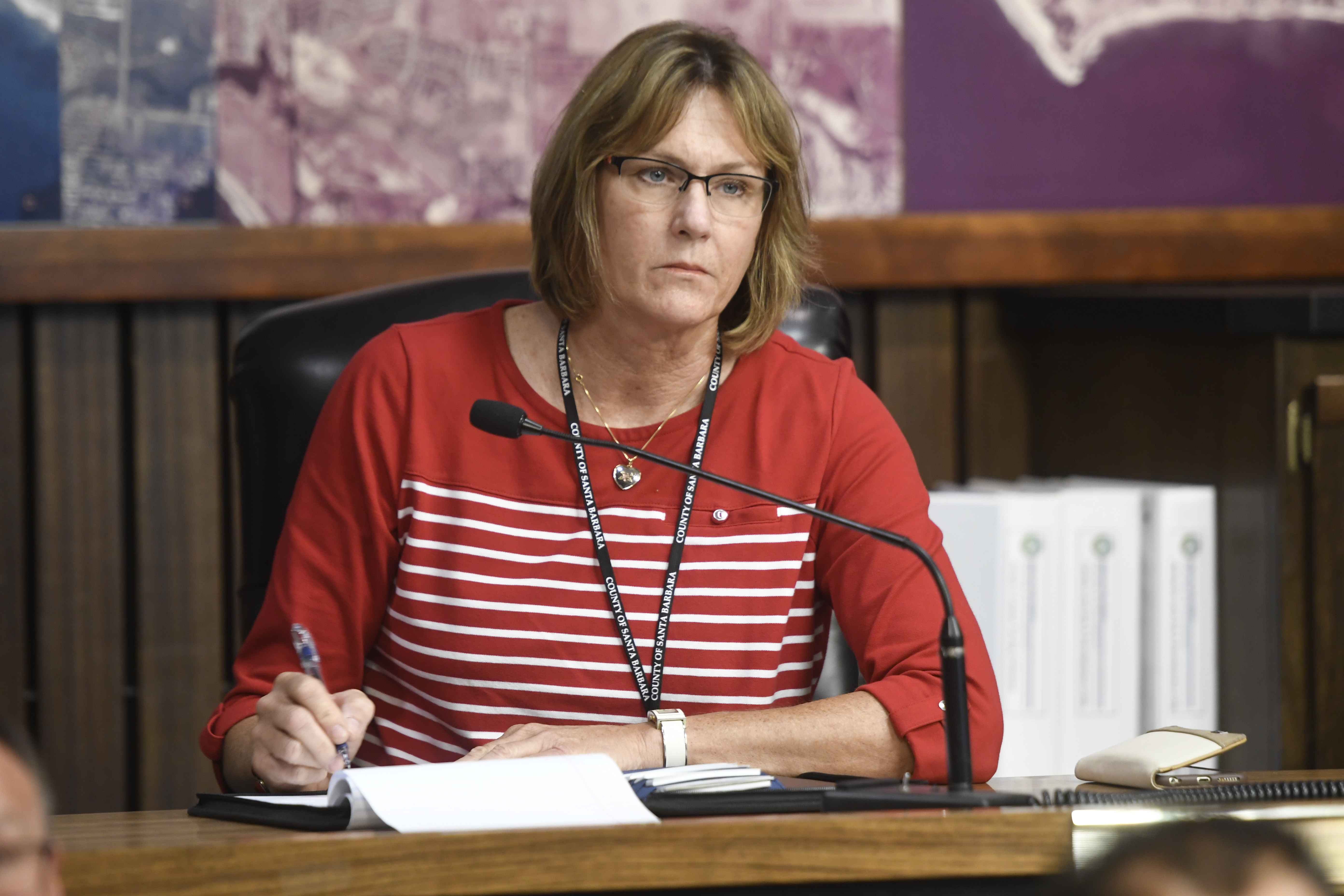Hemp on Santa Barbara’s Horizon
Opportunity, Trouble, and Confusion Loom as New Cash Crop Approaches Starting Gate

As the county supervisors continue to choke on secondhand political smoke generated by Santa Barbara’s emergent cannabis industry, county regulators are bracing for a new onslaught of interest in the cultivation of hemp, which the federal government legalized for commercial purposes a year ago. Before that, it was classified as a dangerous Schedule I drug like heroin or LSD. Hemp is virtually identical to cannabis, except it has much lower amounts of psychoactive THC compounds. As a designated agricultural product, hemp is not subject to the same oversight and restrictions as cannabis.
To date, 77 would-be operators have already expressed interest in obtaining county approval to grow hemp on an industrial and commercial scale. Right now, federal rules allow hemp production only if done under the auspices of a research institution. Currently, there are 10 hemp research operations in 21 different locations throughout the northern and central parts of Santa Barbara County.
Longtime Republican politician and farmer Abel Maldonado, the scion of a large family agricultural operation in Santa Maria, and lieutenant governor under Governor Arnold Schwarzenegger, it turns out, runs one of those hemp operations.
The total acreage of all the county’s current hemp operations is not known, the county’s Agriculture Commissioner Cathy Fisher told the supervisors. Operators, she said, are required only to provide the GPS coordinates for their cultivation sites, and many of those locations proved to be inaccurate. But six of the 10 existing hemp operations, she added, occupy 256 acres.
The big question the supervisors wanted to know was how much hemp stunk. “It’s nowhere near as pungent as cannabis,” their ag commissioner told them. Not an especially reassuring answer, given the problems already caused by cannabis odors.
Mostly, Fisher delivered an interesting show-and-tell about hemp cultivation in the United States. Presidents Washington and Jefferson both grew it commercially, and until 1937 — when hemp was outlawed along with cannabis — hemp seed, fiber, and oil were used extensively in the manufacture of paper, rope, fabrics, and feed.
Also, it is not entirely clear when hemp can be commercially cultivated, under what federal and state rules, and to what extent — if any — local governments can regulate where and how hemp is cultivated. The State Legislature just passed a bill attempting to answer some of these questions, but the governor hasn’t signed it yet. If and when he does, the federal government must approve the state’s legislative handiwork. And the federal guidelines haven’t been released yet.
For all this uncertainty, hemp has the makings of an economic game changer. It’s grown for its CBDs, compounds believed to have significant medicinal value and no psychoactive properties. America’s appetite for CBDs, or cannabidiol, is driving hemp production, which jumped from 25,000 acres two years ago to 78,000 today. Most is grown in Kentucky, but 42 California counties allow some form of hemp cultivation — Ventura County among the most permissive.
Andy Caldwell, spokesperson for the Coalition of Labor, Agriculture & Business, spoke glowingly of hemp’s promise, saying it can be used in the manufacture of hundreds of products and could create a large number of high-paying manufacturing jobs. But hemp can be cultivated by large industrial-sized combines, doesn’t need many workers to pick it, and given the shortage of workers and water, it might be ideal for the Central Coast.
Supervisor Peter Adam — a rancher and a farmer — spoke in terms bordering on outright despair. “This is going to be a replay of the cannabis debacle,” he predicted. “I am glad I am leaving.” Adam, whose term in office expires soon, has frequently expressed concern that regulations on cannabis would open the door to regulations on other crops.
County Counsel Mike Ghizzoni, however, thought the new state law would probably not give county governments much regulatory firepower. “It would be a very limited form of land-use control,” he stated.
Because cannabis is eaten or inhaled, state pesticide rules regarding the plant are among the strictest in the state. Hemp, under the current scenario, has no such restrictions. That, no doubt, will change as it’s increasingly ingested by those seeking medical relief. Supervisor Das Williams, who has taken considerable heat from critics of cannabis, worried that noncompliant cannabis growers could try to hide their black-market cannabis in fields of hemp. Who would know? How could anyone tell?
A couple of years ago, county inspectors and law enforcement officers harbored such suspicions about a crop Abel Maldonado was growing. In a well-publicized inspection, they took samples. It turned out to be hemp, just as an angry Maldonado had insisted.
And Supervisor Steve Lavagnino told a story of some would-be cannabis thieves who mistakenly ripped out plants from a hemp field. “It’s going to be a big bummer when they find out,” he said.



